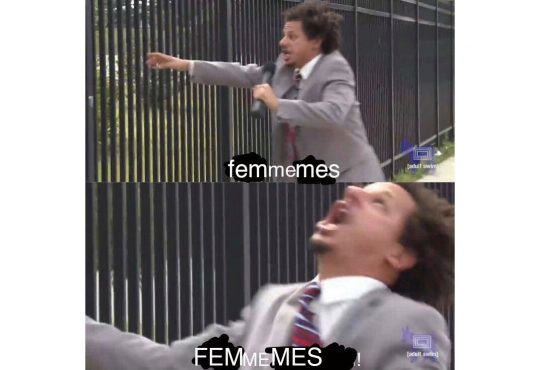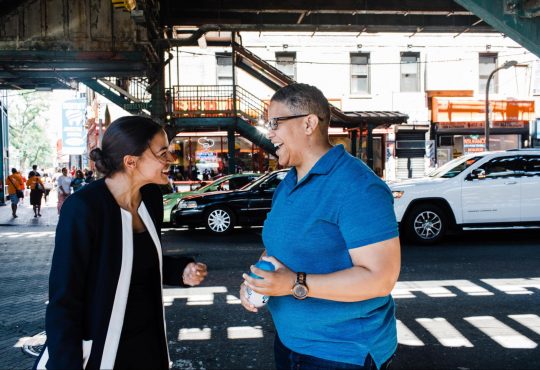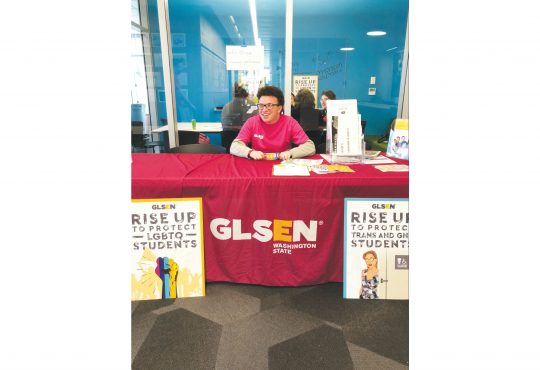On Saturday, I had the opportunity to discuss the “Ask a Minority Project” with two students directly involved with the creation of the project. I met with Danae Smith, president of the Black Student Union, and Michael Aiyar, student employee of the Diversity Center.
We had been unable to arrange a meeting prior to the publication of my last article regarding the project so we took this as an opportunity to discuss the intentions and goals behind the project. I raised concerns in the previous article other students may have had, however I feel it is important to hear from individuals directly behind the project.
It was pointed out to me by Smith that in my previous article I stated that the questions taken from the boxes would be answered via the groups’ Facebook page, Voices of Marginality, but that in reality there will be a panel held at some point for students to attend where questions will be addressed. One of my concerns was that the questions would be addressed on Facebook, but I do believe that the panel is a much better way to create a discussion.
Smith also explained that the project was started because “some comments that were targeting minority groups were made on the Confessions page [on Facebook] and pretty much every minority group on campus has been targeted… so we came up with this idea that wouldn’t require extra funding…” The fact that so many minority groups were being singled out through the University of Puget Sound Confessions page is concerning, and although I did discuss some potential risks involved with the “Ask a Minority” project, it is important that the comments made are addressed.
ASUPS did express concern about some of the posts made on the Confessions page in an email sent out to students in February. Aiyar described the project as stemming from “us [Student Diversity Center] leaders coming together… in addition to what ASUPS did… but we don’t normally do things all as one big group.”
He also explained that the reasoning behind the project comes from the idea of empowerment for those students targeted in certain posts since the page cannot be censored and “people are just gonna say what they’re gonna say and people are gonna think what they’re gonna think.”
It is true that people will have certain opinions and want to voice those opinions in one way or another, and it is possible that when those opinions are voiced publicly, they can be used to spark a meaningful discussion.
Aiyar described the positive aspect of this project as the fact that while the questions are not being asked in person, “the response is,” essentially “putting a name to a face” in the process.
Smith also explained that the questions being asked in the boxes are different from the comments on the Confessions page because “they’re more thoughtful… and even though they do show some basic underlying confusion… I don’t think they’re coming from a place of malintent.”
Having heard the story behind this project and learning about the intentions, it becomes clearer and easier to understand.
As I discussed in my previous article, I do not think the project is necessarily a problem or that the intentions of the creators was to create a problem. Instead, I believed quite the contrary, and through discussion the project with Aiyar and Smith, I now know this to be true.
Although the concerns I had about the project initially are not completely gone from my mind, I do believe that the development of this project has created an important dialogue and that there is potential for the upcoming panel to continue to create a meaningful discussion.





